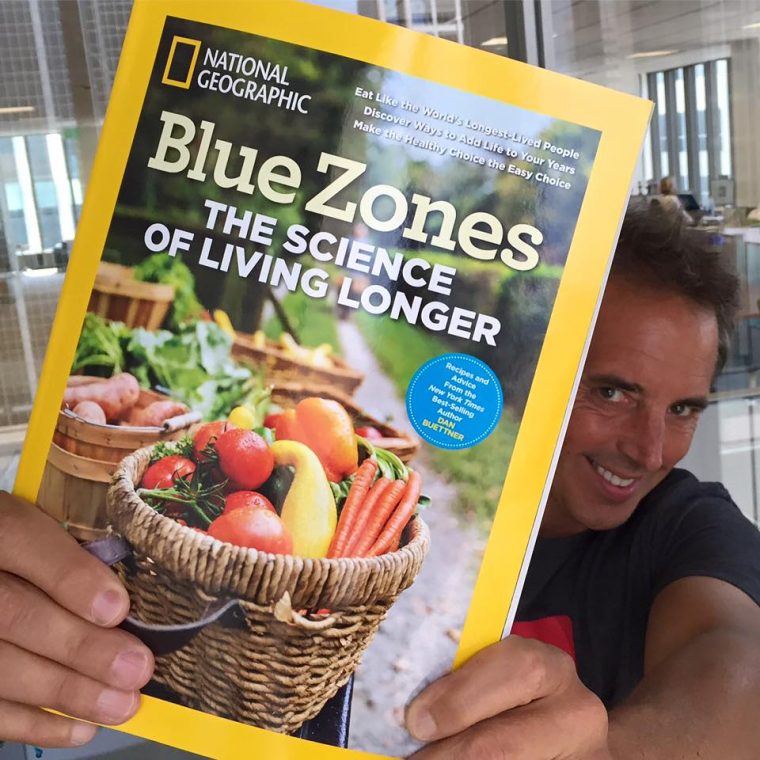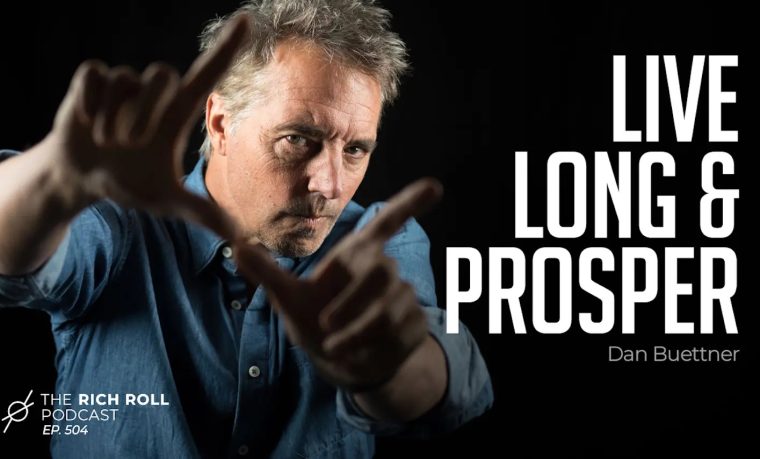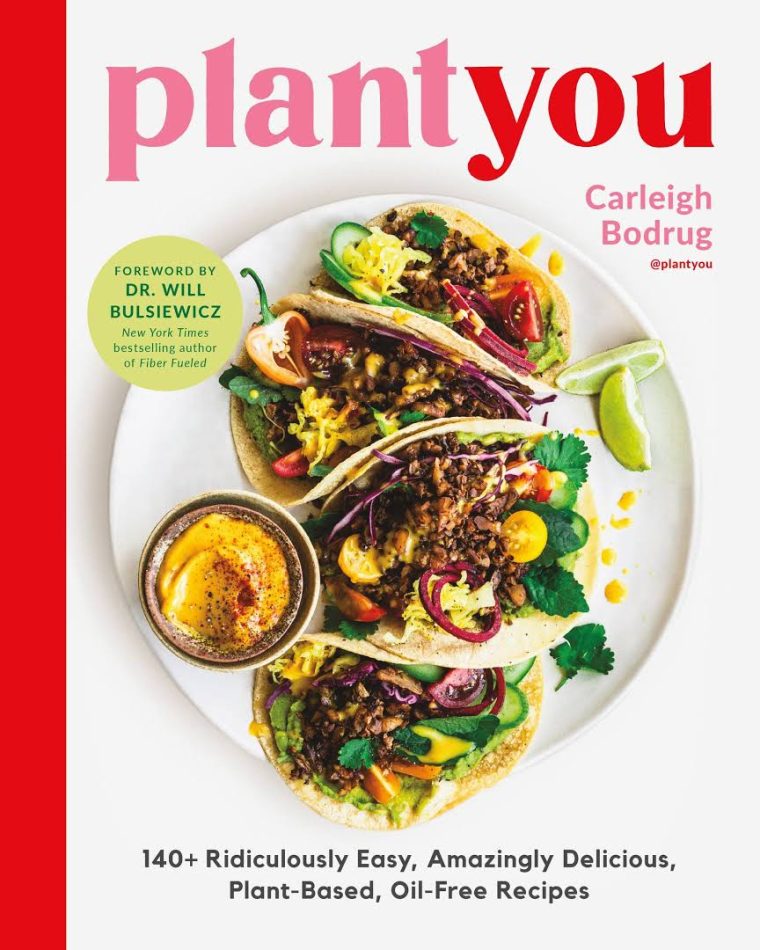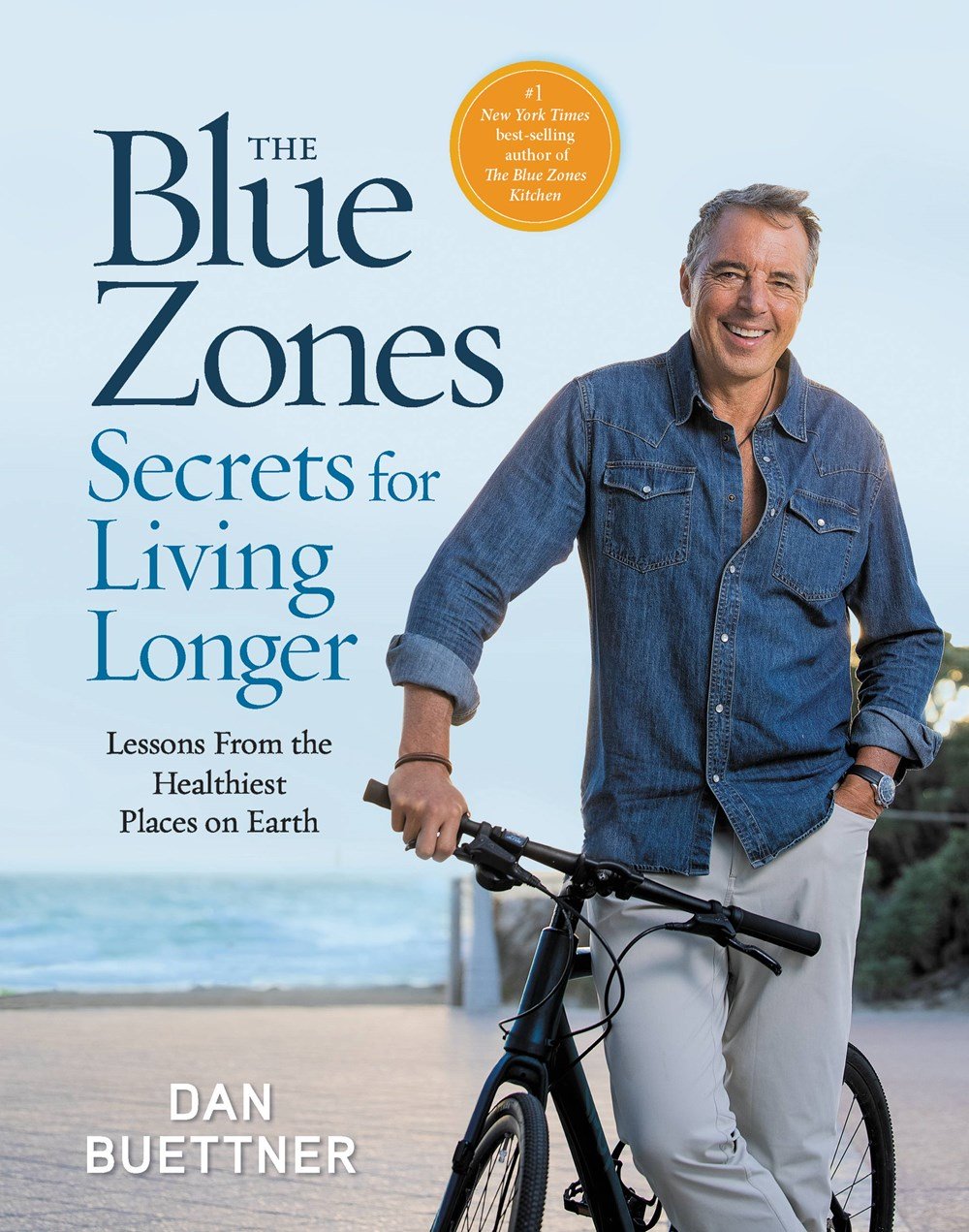Nowadays, more than ever before, it’s the simplest things in life that also prove to be some of the strangest.
Take, for example, today’s two big topics: coffee and cars.
Coffee is one of Nature’s delicious bounties, and we can’t take credit; the plants have been around way longer than we have. But it is a little bit strange to consider that coffee—the lifeblood caffeinated beverage that keeps the Western world awake and content—is essentially “exotic roasted bean water.”
Douglas Adams’s novels already covered this joke pretty well, even if his version is about tea rather than coffee:
“No,” Arthur said, “look, it’s very, very simple. All I want… is a cup of tea. You are going to make one for me. Now keep quiet and listen.”
And he sat. He told the Nutro-Matic about India, he told it about China, he told it about Ceylon. He told it about broad leaves drying in the sun. He told it about silver teapots. He told it about summer afternoons on the lawn. He told it about putting the milk in before the tea so it wouldn’t get scalded. He even told it (briefly) about the East India Trading Company.
“So that’s it, is it?” said the Nutro-Matic when he had finished.
“Yes,” said Arthur. “That is what I want.”
“You want the taste of dried leaves boiled in water?”
“Er, yes. With milk.”
“Squirted out of a cow?”
“Well, in a manner of speaking, I suppose.”
“I’m going to need some help with this one.”
With that tone established, you can probably guess how this will go when we discuss cars…
It is currently normal (?!) to go flying around town in a two-ton metal box which, historically, is powered by an explosion management machine a.k.a. internal combustion engine. This is so normal, in fact, that we can talk on the phone and sing along to the radio while piloting this two-ton metal box at high speeds and nobody thinks twice about it. We can barely even hear the explosions engine anymore.
If I have a specific point with this introduction, I think it’s this…
Anything can seem strange if you look at it from a funny angle—and nowadays, there’s no shortage of funny angles—but this should be a source of intrigue and encouragement more than anything else. Coffee and cars are remarkably weird when you stop to think about them… but aren’t they awesome too? Isn’t it amazing that we have them?
I think it is. ? Nowadays, it’s just important that we keep both of them cool.
To wit…

If you haven’t already heard, I’ve got a new book coming out on August 30th! It’s called The Blue Zones: Secrets for Living Longer and I’ll tell you about it real quick.

First of all, this book doesn’t require you to have read any of my other books; it’s not a “sequel” or anything like that. This book is three things at once:
- It’s an introduction to the blue zones (and all of their practical, life-extending advice),
- It’s an update on the five blue zones you’ve known (with a sixth new manmade blue zone in the running!), and
- It’s a companion to my upcoming Netflix series Live to 100: Secrets of the Blue Zones which also releases on August 30th.
And that’s all well and good… but those aren’t the reasons you’ll love the book. Not really.
I believe that people, if they’re willing to read a book at all, should be rewarded for their efforts. So I’ve designed the book to reward yours.
The fourth and best thing that this book is? It’s a guidebook for adding ten years to your life. And that’s my pitch!
You can pre-order your copy wherever you like to buy books, but you’ll get the best bang for your buck if you pre-order from Porchlight Books here. You’ll get three exclusive bonuses for free: a signed bookplate with your copy, a custom magnet, and an invitation to an exclusive livestream with me on September 6th. I’ll hope to see you there!

Habits are all the rage these days, but I won’t lecture you about why they’re important or exactly which ones you should establish first. Instead, I’ll just focus for a moment on one of the most interesting findings about habits: research has shown that people are more successful at establishing new habits around the time that they go on vacation.
Is this because they’re rested and refreshed? Maybe a little bit, sure.
But the bigger reason that vacations can help improve your habits: they’re a break in pattern. Even if you’re only gone for a week, that can be long enough to see things with fresh eyes and set a new course for yourself.
The only problem: a vacation is a very costly way to reset your habits. If you were taking one anyway, that’s a great side benefit to keep in mind—but if (like most people) your next vacation isn’t anytime soon, you might wonder how to create a break in pattern while staying at home.
My answer: the 7-Day Longevity Reset. It’s a 7-day on-demand program for learning how to eat like the world’s healthiest and longest-lived people, one little habit at a time. It’s designed to teach you the essentials in ways that are easy and appealing to you, and all in just a week’s simple daily lessons.
“The Longevity Reset is an excellent tool to help you get started on, or get back on track with your health plan. For me, it always seems to be about getting back on track. The Reset is easy, inexpensive and motivating. I know I am getting up-to-date, reliable information I can trust.”
— Kevin
Lifetime access to the Reset is just $11 and, though it’s designed to give you everything you need in 7 days, you can return as often as you like. Have a look here and join me for the best culinary summer camp you’ll ever find from home!

Hydration is one of the keys to a healthy life. But since we’re still in the midst of summer, the very air we breathe is pulling water out of our bodies faster than ever.
Did you know that the human body can sweat out multiple liters of water every hour, without even counting the other ways our bodies lose water? That’s closer to a peak figure than an average; still, outdoor temperatures are peaking these days, and a liter is a LOT of water to lose in an hour. So it’s generally important that we keep up with the fluids!
The best way to do that? Make it enjoyable to drink things that are good for you (especially plain ol’ water). If you can experience hydration as a series of pleasant moments rather than a nagging chore, you’re more likely to keep up with it, reap the benefits, and avoid some of the nastier consequences of summertime dehydration.
And the best way to make healthy drinks enjoyable?
Well, that’s largely a matter of personal taste. But I revisit the topic of healthy hydration because, nowadays, there’s one thing we all want from our daily beverages: we want them to be COLD. ?
So over this and the next edition of Eating to 100, I’ll be revisiting three core categories of healthy beverage options—water, tea, and coffee—to pay specific attention to their ice-cold variants. We’ll start by talking about iced coffee today, then we’ll come back to the many cold variants of water and tea next time in Edition 26.
Iced coffee seems pretty straightforward, right? It’s the exact same beverage, just served cold instead of hot. But it makes me so sad when people pour hot coffee directly over ice because, at that point, they’re wasting both ingredients.
Considerably better (but still misguided) are the folks who cool the coffee before pouring it over ice, but they still brewed it hot in the first place. If you want hot coffee, then by all means brew it hot—but if you want iced coffee, I’ll show you a better way to make it. You don’t need to buy ANY other stuff to make great cold-brew coffee; you just need to be aware of some simple scientific tradeoffs.
The tradeoff at the heart of good iced coffee: temperature versus time.
When you brew a fresh cup of hot coffee, it’s ready in a minute or two because the water is hot. Heat releases many of the chemical compounds responsible for coffee’s flavor, then mixes it directly into the water as it passes through the grounds. It’s all very efficient.
But you don’t need heat for this chemical release to happen. Water is nature’s universal solvent; even if it’s ice-cold, water will break down almost anything (including coffee grounds) if you give it time. Cold-brew coffee won’t be ready nearly as fast as hot-brew—it takes roughly a day, as opposed to one minute—but it very much works, and there are actually some big advantages to brewing with time instead of temperature.
You could say that the cold-brew method I’m about to describe is just taking French-press wisdom to its logical extremes. With a French press, the grounds are coarser and the water not quite as hot, but you let it steep for several minutes (longer) and, by trading a little temp for a little time, you make the coffee smoother and tastier. With cold-brew, you’re basically accepting that you won’t drink it until tomorrow, but it’ll be the smoothest possible version of that coffee because it’s had absolutely no opportunity to burn (which is the main cause of coffee’s added bitterness).
Added bonus: because cold-brew coffee is prepared and stored cold, ice (should you choose to add it) doesn’t melt nearly as fast.
So… how do you make your own cold-brew coffee?
It’s really simple. You just need a fridge-friendly pitcher or container (ideally ½ gal to 1 gal), tap water, and some standard-issue coffee grounds. Just dump the water and coffee grounds together in the pitcher, cover it and stick it in the fridge, then wait 18-24 hours before filtering the grounds back out. (For best results, mix the contents of the pitcher a couple of times during their long steep.)
And that’s pretty much it! What’s left after that is cold-brewed coffee. ?
Two big pro tips and then I’ll let you try it for yourself:
Pro Tip #1: The ideal ratio of water to coffee grounds will vary, but a good starting point is 1 cup of grounds per quart of water. That may sound like a lot of coffee grounds, but you do need more than you would for hot-brew (just because of how cold-brew works) and you’ll be disappointed with the results if you don’t trust me on this basic principle.
Still, this doesn’t work against cold-brew’s cost-efficiency as much as you might think. Sure, you need (considerably) more grounds for every cup of coffee, but because cold-brew is the smoothest possible version, you can get great “mileage” even from economy coffee. If you’re making cold-brew, Folgers can suddenly compete with Dunkin and Starbucks—and this helps to offset the extra grounds needed, especially if you buy in larger quantities.
Pro Tip #2: If you don’t have coffee filters handy, a colander or sieve lined with paper towel should work fine. You will probably spill a bit while you figure out the best ways to use your combination of tools, but hopefully I’m wrong about that!
Either way, don’t be discouraged if the coffee doesn’t shoot directly through the filter (especially if the filter is a paper towel). There’s a tradeoff here between filter speed and filter efficacy; if it’s slower-flowing, that means it’s catching more of the grit you don’t want in your coffee.

Now that you’ve got your cold-brew coffee setup working at home, maybe it’s time to pour one to go and hit the road. And for once, I don’t mean walking or biking on the road… I actually mean going for a drive!

This may sound like an unusual suggestion coming from me, so I’ll state a few quick asterisks and prefaces:
- Safety first. If you can’t go for a drive responsibly and comfortably, don’t do it at all.
- Going for a drive should supplement travel by foot, NOT replace it. I still urge you to get out there on foot just as much as ever because, well, we Americans drive everywhere by default and we don’t get enough exercise and we don’t know our neighborhoods as well as we could, and traveling on foot is an antidote to all of those. But there is a responsible, even wholesome place for driving among our hobbies, and I’ll talk more about that.
- Be mindful of your environmental impact. If going for a drive, try to pick a hybrid, low-emission, and/or electric vehicle rather than a gas guzzler. In the bigger picture, consider road-tripping to certain destinations (rather than flying) if you’ll have at least one other passenger with you.
- Lemons, lemonade. I don’t like the way that American cities are designed to prioritize vehicles over pedestrians—it’s a big contributor to our sedentary lifestyle, among many other problems—and I really hope that the average American community becomes more walkable over time. But for now, while cars are still dominant on the roads… hey, might as well enjoy their virtues from time to time!
I’ve spent a lot of my career traveling and, over the last couple of years in particular, I’ve made plenty of trips back and forth across America with just a few colleagues and a Sprinter van. I won’t say that every second on the road was delightful, but I’ve come to appreciate the interstate state of mind; it’s a massive liminal space, a great big in-between that gives you room to think (and talk) without pressure. Sometimes, when you’re on the road, the middle of nowhere can feel like the center of everywhere.
So I’ll give you four main reasons to consider going for a drive, starting with the practical reasons and moving towards the romantic ones:
Reason No. 1: For many sorts of trips, driving is actually a low-key upgrade over flying (for both you and the planet). Obviously, driving isn’t really an option for overseas trips, and it’s not a very popular option for cross-country trips. But for trips where it would make sense to drive, there are a ton of advantages compared to flying—like the much lower cost, greater comfort, expanded personal and cargo space, and a lot more control over your travel situation.
Also, let’s be real: if you can drive somewhere in a day, it’s actually NOT a safe bet that flying will get you there faster (especially not nowadays, with all the airlines in a tizzy).
Lastly, since I mention the planet: in terms of CO2 emissions, traveling in a typical (gas) car is actually more eco-friendly than flying as long as the car is transporting at least 2.03 passengers on average, including the driver. That ratio is even more favorable with a fuel-efficient or electric car because, well, planes burn a lot of fuel!
Reason No. 2: Driving is a great way to explore our beautiful country and bond with your fellow passengers (while on your way to other fun things). As I said, I would hope that going for a drive supplements your walking and biking rather than replacing them… and what better way to combine driving and on-foot exploration than America’s robust collection of national parks and tourist attractions? There’s bound to be something cool within a couple hours’ drive of your house!
You don’t have to live near Yellowstone or Million Dollar Highway to find beautiful views from the road… or at least to see interesting things. There’s no shortage of conversation starters along America’s roadways, and that’s part of the fun even if you’re driving in silence by yourself.
Reason No. 3: Going for a drive allows you to tap into the freedom (and youth) of the open road. No matter your opinion of Jack Kerouac and his fellow Beatniks, I think we can agree on this much: On the Road could only have been written by a young person. (If he’d tried writing it in his forties or fifties, it would have come out a lot more like Bob Seger’s “Turn the Page.”)
Especially during the warm months, we should take the occasional opportunity to open the moonroof, get some sun on our faces, and let the wind blow through our hair. The tame, middle-aged version of that experience (low speeds and reasonable behavior) can still do us a lot of good in terms of bringing us into the moment and helping us enjoy the simple pleasures of modern life.
Speaking of music: I don’t care if your musical preferences are Iron Maiden or Steely Dan. As long as you’re getting some breeze, turn that stereo up a little bit! Ugly-sing your favorite songs as loud as you want! The other cars won’t hear you unless you’re really getting into it, which I encourage. ?
Reason No. 4: Our ability to “go for a drive” is emblematic of our place in time. Stare out of a windshield for long enough and you’ll start to realize that this whole “driving” thing is actually participation in an engineering marvel. Every time you drive anywhere, you’re bringing hundreds of years of technological progress to life…
… and you wanna know the crazy part? You make it look easy even if you’re a bad driver! ?
Again, be safe and responsible out there on the roads. But every now and then, at some serene moment along your route, take a moment to appreciate where you are, what you’re doing, and the simple fact that you’re able to do it.
If it’s true that robots will do all the driving for us someday, it’ll probably be a good thing. That won’t happen anytime soon; even so, there’s a very real possibility that we are among the last generations of people who will know how to drive their cars themselves. I don’t know about you, but that makes me feel a bittersweet kind of special—so I’ll enjoy the option while it’s here. ?

Ikarian Coffee

Greek coffee is lightly roasted and finely ground. The fine grind delivers concentrated antioxidants. Additionally, Greek coffee is prepared by boiling it rather than being brewed and filtered. This method or preparation produces less caffeine and extracts more healthy compounds, and also generates a naturally creamy and frothy coffee.
Ingredients
2 tsp Greek Coffee (or to taste)*
2 cups cold water
The Method
- Add water and coffee to briki** or saucepan. Stir until the grounds dissolve.
- Slowly bring to a boil. When you see foam at the top, remove from heat.
- Evenly divide the foam between two coffee cups, and then pour in remaining coffee over top. Wait for grounds to settle to bottom of cup before drinking.
NOTES:
*It’s essential to use Greek or Turkish style coffee. This coffee is ground so that it will dissolve in water. You may need to play around with the proportions to discover your preferred strength and flavor.
**A briki is a traditional coffee preparation vessel used to make coffee throughout Greece and Turkey. You can find them in Middle Eastern shops or on Amazon. If you don’t have a briki, a small saucepan works perfectly well.





